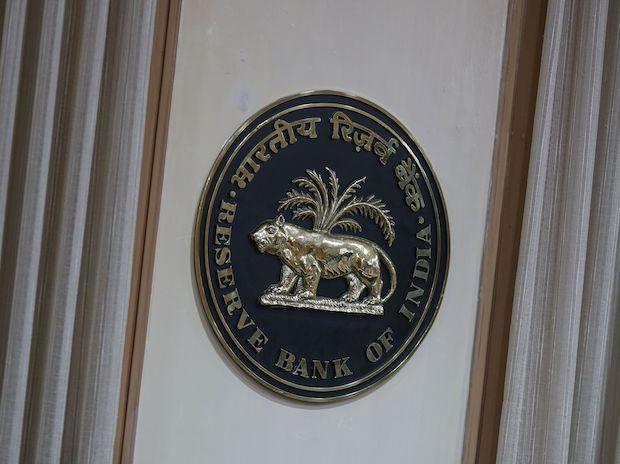Headline consumer price index (CPI)-based inflation, which rose 7.4 per cent in September, might have peaked and could fall going ahead thanks to easing momentum and favourable base effects, according to the State of the Economy report released by the Reserve Bank of India (RBI). It cautioned, however, that the fight against inflation would be dogged and prolonged.
The report also said aligning inflation to the 4 per cent target involves achieving two milestones – first, bringing it below the upper end of the tolerance band of 6 per cent, and then lowering it to around the midpoint of the band.
“This trajectory (of inflation) will likely be gradual in view of the repeated shocks to which inflation has been subjected by both epidemiological and geopolitical causes, but the easing of inflation will inject confidence into both consumers and businesses, recharge animal spirits and investment and improve the international competitiveness of India’s exports,” said the report, which was authored by the RBI’s staff, including Deputy Governor in-charge of monetary policy Michael Patra. The views expressed in the report are those of the authors and not the RBI’s.
The RBI hiked the policy repo rate by 50 basis points (bps) to 5.9 per cent in September, taking the total increase in the repo rate since May to 190 bps. The RBI projected that inflation would reduce to 5 per cent during the second quarter of the next financial year, and it would take two years to reach the central bank’s target, which is 4 per cent with a 2 per cent variation on either side.
“The fight against inflation will be dogged and prolonged, given the long and variable lags with which monetary policy operates,” the report said.
If the RBI succeeds in bringing inflation down to 4 per cent, it will strengthen India’s prospects as one of the fastest growing economies of the world, enjoying a negative inflation differential with the rest of the world, according to the report.
“This happy outcome will re-enthuse foreign investors, stabilise markets and secure financial stability on an enduring basis,” it said.
The report appeared confident about the country’s growth prospects and observed that broader economic activity has remained resilient. It said economic activity was poised to expand with domestic demand accelerating as contact-intensive sectors are experiencing a revival.
The RBI report also said robust credit growth and fortified corporate and bank balance sheets provide further strength to the economy.
“The pick-up in bank credit growth was led by the term loans category. With economic activity gaining momentum, growth in bank credit for working capital has also caught up in recent months reflecting an optimistic outlook for demand conditions,” the report said.
While banks have been prompt in raising the lending rates in tandem with the repo rate, deposit rates have moved up at a slower pace.
“Banks have been quicker in adjusting their lending rates vis-à-vis retail deposit rates,” the report said, adding that the median term deposit rate of commercial banks, which reflects the prevailing card rates on fresh deposits, increased by 26 bps during the May-September period.
“Transmission to the median term deposit rate on fresh deposits of domestic banks has improved to 27 bps during the same period. The extent of pass-through to term retail deposit rates, however, has been higher for longer tenor maturities,” the report said.




